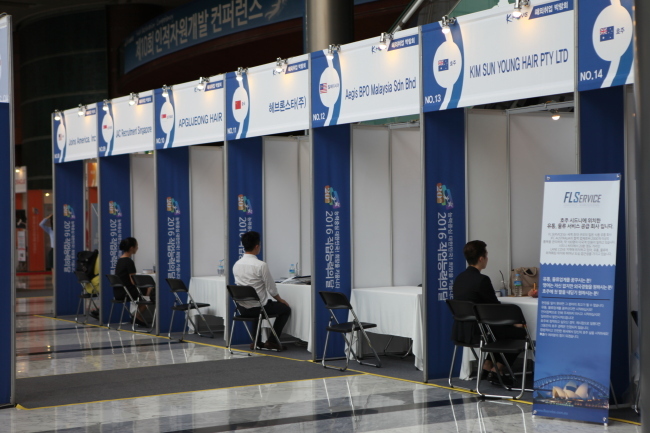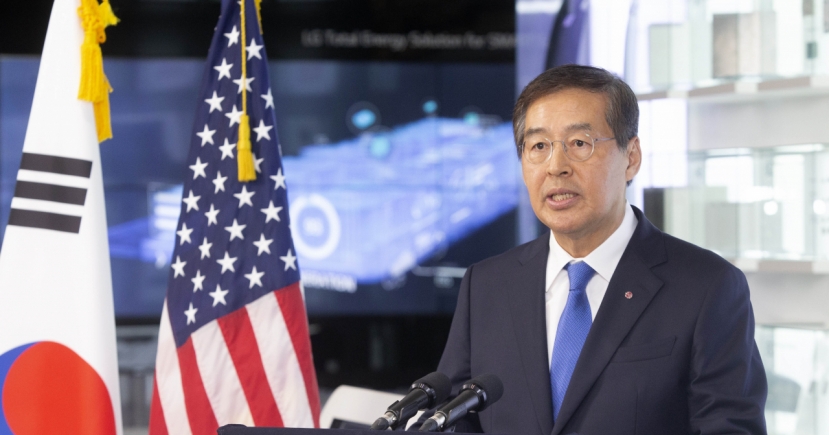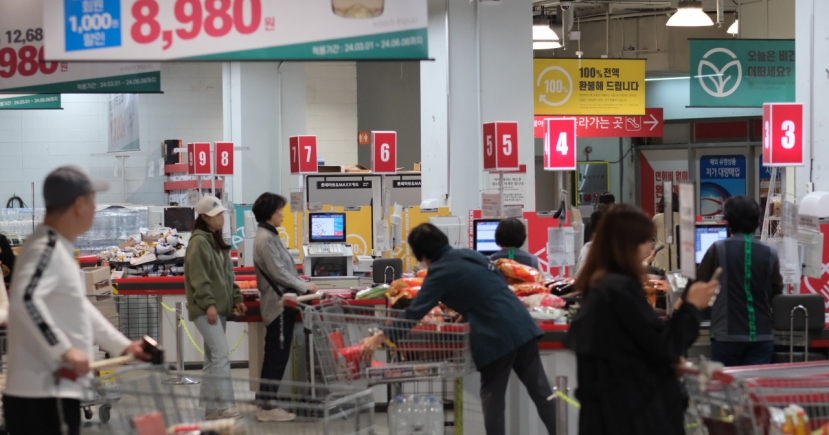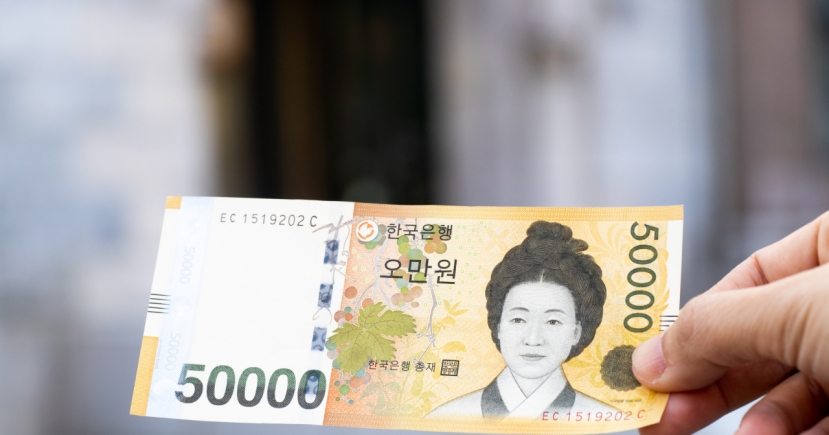Economy
Reshoring needed to ease youth joblessness
[THE INVESTOR] Recent data from the state statistics office and a local business lobby highlighted the need for a new administration to be installed following Tuesday’s presidential election to enhance the business-friendly environment if it wants to reduce the country’s rising youth unemployment.
Figures suggested by a report from the Korea Chamber of Commerce and Industry showed Korean enterprises are increasingly creating their growth and new jobs abroad rather than at home.
The number of jobs created by Korean companies overseas more than tripled from 533,000 in 2005 to 1.63 million in 2015, dwarfing the slight increase in the number of jobs offered by foreign firms here from 199,000 to 271,000 over the same period.
On the heels of the report came a string of data from Statistics Korea that showed the country’s deteriorating youth joblessness.
The unemployment rate among young people aged between 15 and 29 reached 9.8 percent last year, while the overall jobless rate remained at 3.7 percent. The 6.1 percentage point gap was the widest since the government adopted the latest method to compile job data in 2000.
 |
In March, the youth unemployment rate climbed to 11.8 percent, with the gap with the total jobless rate widening to 7.5 percent.
People in their 20s and 30s who have never had a job numbered 95,000 in the first quarter of this year, recording the highest level since the statistics office began tracking related data in 1999. The number of 20- and 30-somethings with no career experience rose continuously from 46,000 in 2013 to 61,000 in 2014, 72,000 in 2015 and 94,000 last year.
A sluggish recruitment market, coupled with corporate preference for experienced workers, is set to leave a larger number of young job seekers unemployed.
“The country’s overall jobless rate cannot be viewed as so high, but the problem is that opportunities for youths to find decent jobs keep dwindling,” said an official at the Ministry of Employment and Labor, asking not to be named.
Korea’s youth unemployment rate of 11.8 percent in March was higher than 10.4 percent for the US and 6.9 percent for Japan, according to the KCCI report. The ratio of dividing the youth jobless rate by the total unemployment rate was 2.74 in Korea, compared with 2.03 for the US and 2.09 for Japan.
Whoever is elected president needs to take a serious look at the contrast between the rise in jobs created by Korean companies abroad and lessening job opportunities for young people at home.
All major candidates have vowed to become a “jobs president,” putting forward measures to expand benefits for unemployed youths, subsidies for employment programs and create more jobs in the public sector.
But few have mentioned whether and how they would improve the business improvement to prompt companies to increase investment at home and attract more foreign investors.
Their readiness to raise corporate taxes and indifference to the need for drastic deregulation go against the global trend of boosting domestic business conditions to encourage corporate reshoring and draw more foreign investment, economists say.
“(Korea) needs to go beyond competitors in forging a favorable business environment,” said Chung In-gyo, professor of economics at Inha University, calling on the next administration to push for “effective” deregulation.
The KCCI report showed foreign investment in the country amounted to $46.4 billion between 2011 and 2015, down 2.8 percent from the previous five years with the global average showing a 2.3 percent rise.
The ratio of foreign investment to Korea’s gross domestic product edged up from 11.7 percent in 2005 to 12.7 percent in 2015, while Korea’s overseas investment to GDP ratio jumped from 4.3 percent to 20.2 percent over the cited period.
The report noted it was natural for local firms to look outward for future markets and growth engines but alarm should be raised about the contrasting tides between companies going abroad and those moving into the country after weighing advantages against disadvantages in business conditions.
Experts say more serious efforts need to be made to encourage Korean manufacturers to bring home production as a way to help create more jobs for youths.
A report released in March by the Korea Economic Research Institute, a private think tank, said that if about 10 percent of the manufacturers move their overseas factories back to the country, nearly 290,000 jobs would be created here, potentially leading to getting more than 60 percent of jobless Korean youths into the labor force.
This forecast may give little consideration to the differences in wages and other working conditions between Korea and other developing countries where they operate production facilities. But it still should renew attention to the need to strengthen the reshoring effort.
Only 30 companies have returned home, hiring less than 2,000 workers, since the country enacted a special law intended to support reshoring firms four years ago.
In a survey conducted earlier this year, half of them said they were not satisfied with government support provided since their return. Only 23.3 percent expressed satisfaction.
By Kim Kyung-ho (khkim@heraldcorp.com)






![[KH Explains] Korean shipbuilding stocks rally: Real growth or bubble?](http://res.heraldm.com/phpwas/restmb_idxmake.php?idx=151&simg=/content/image/2024/04/25/20240425050656_0.jpg)
![[Hello India] Hyundai Motor vows to boost 'clean mobility' in India](http://res.heraldm.com/phpwas/restmb_idxmake.php?idx=151&simg=/content/image/2024/04/25/20240425050672_0.jpg)
